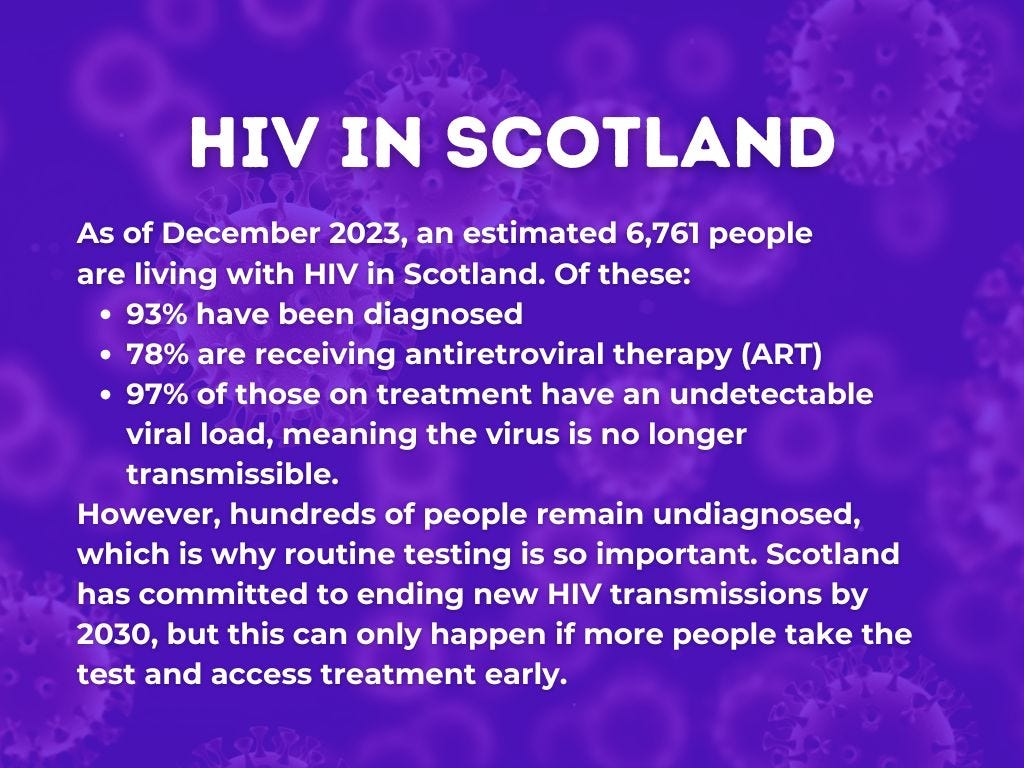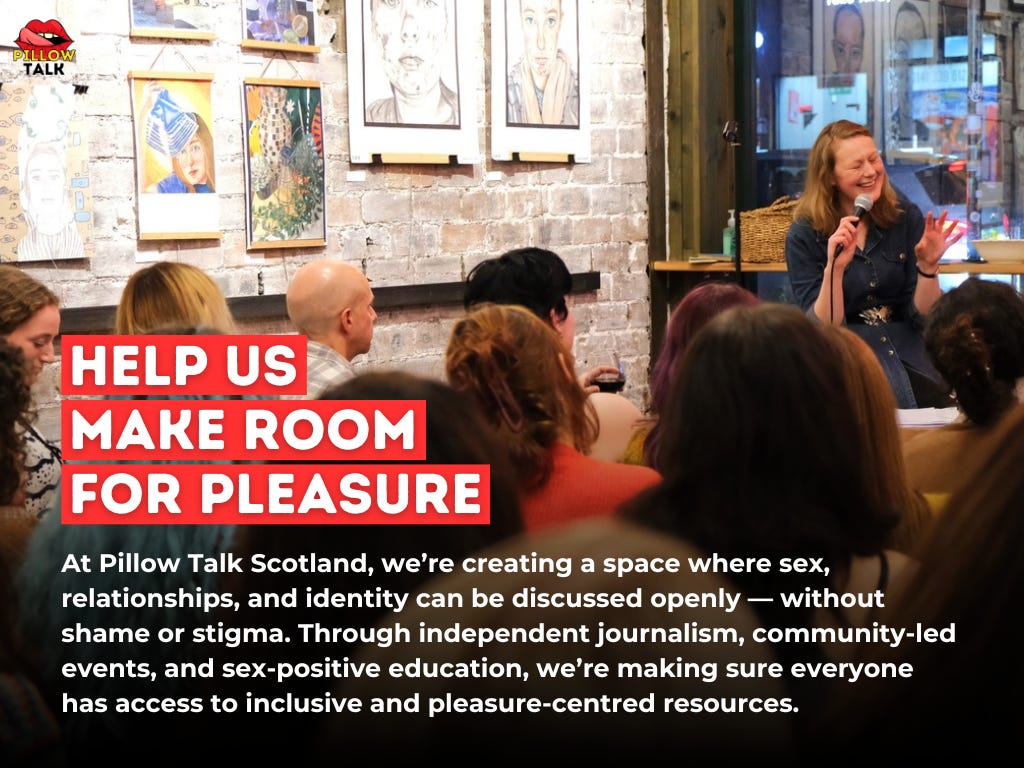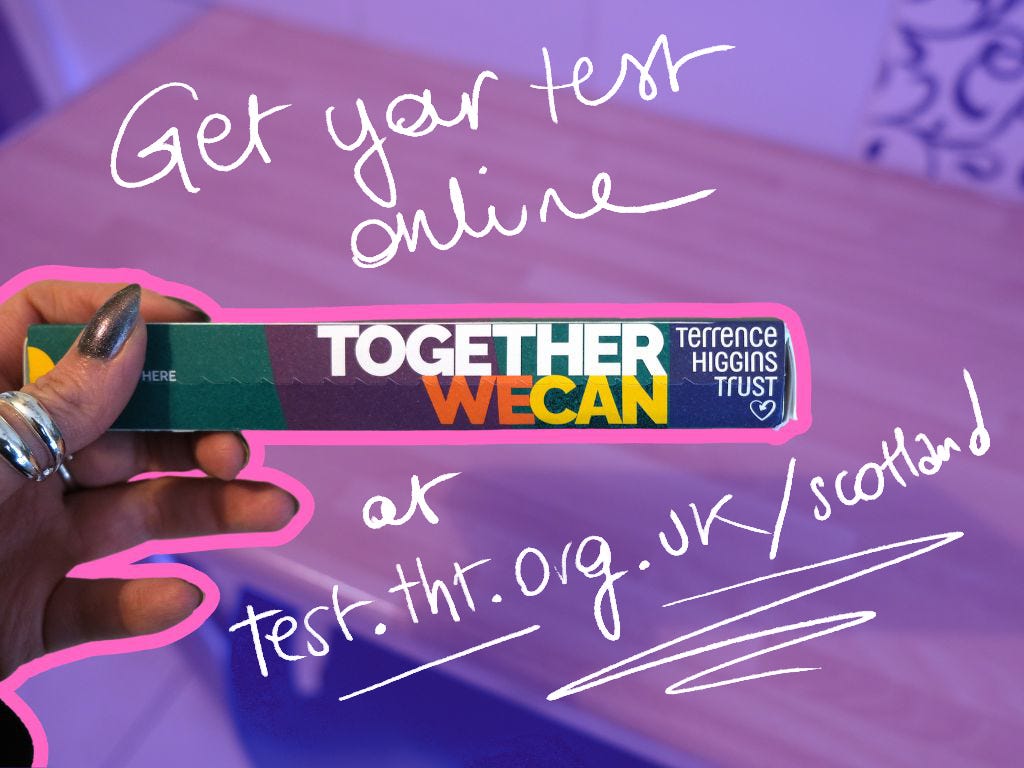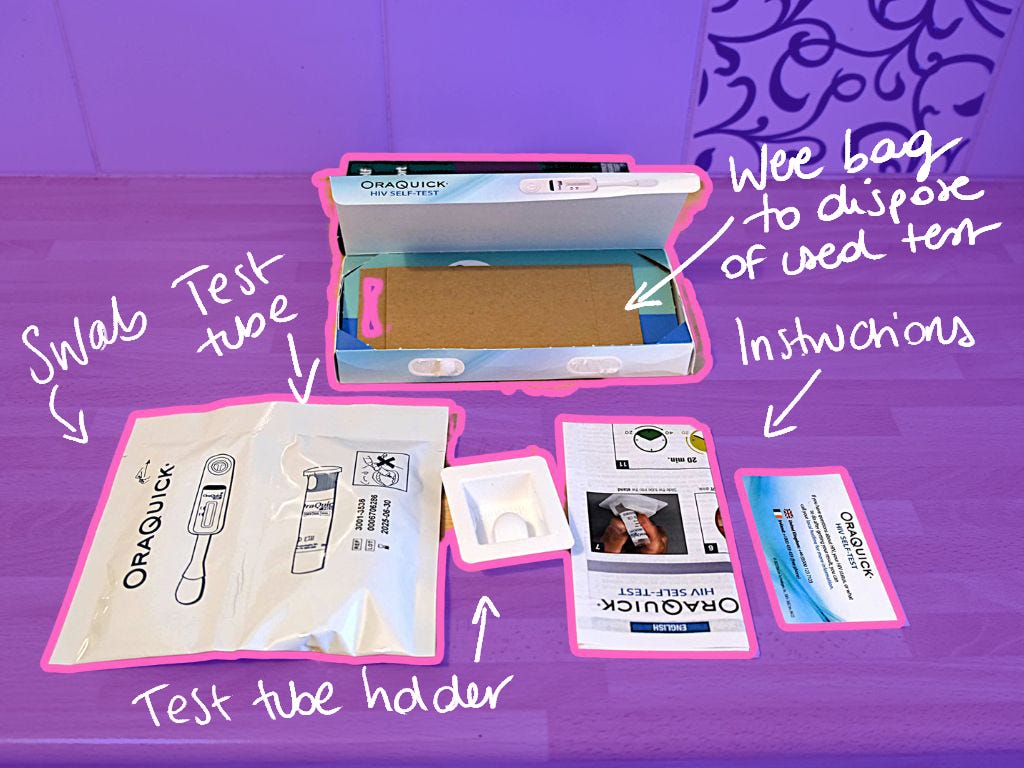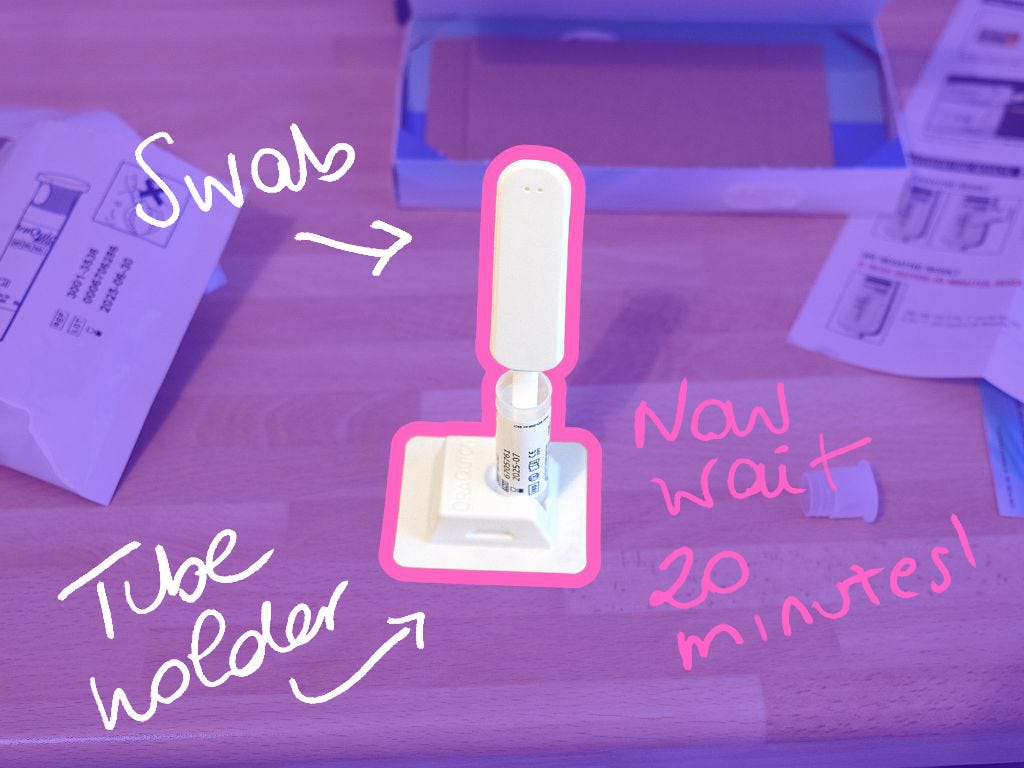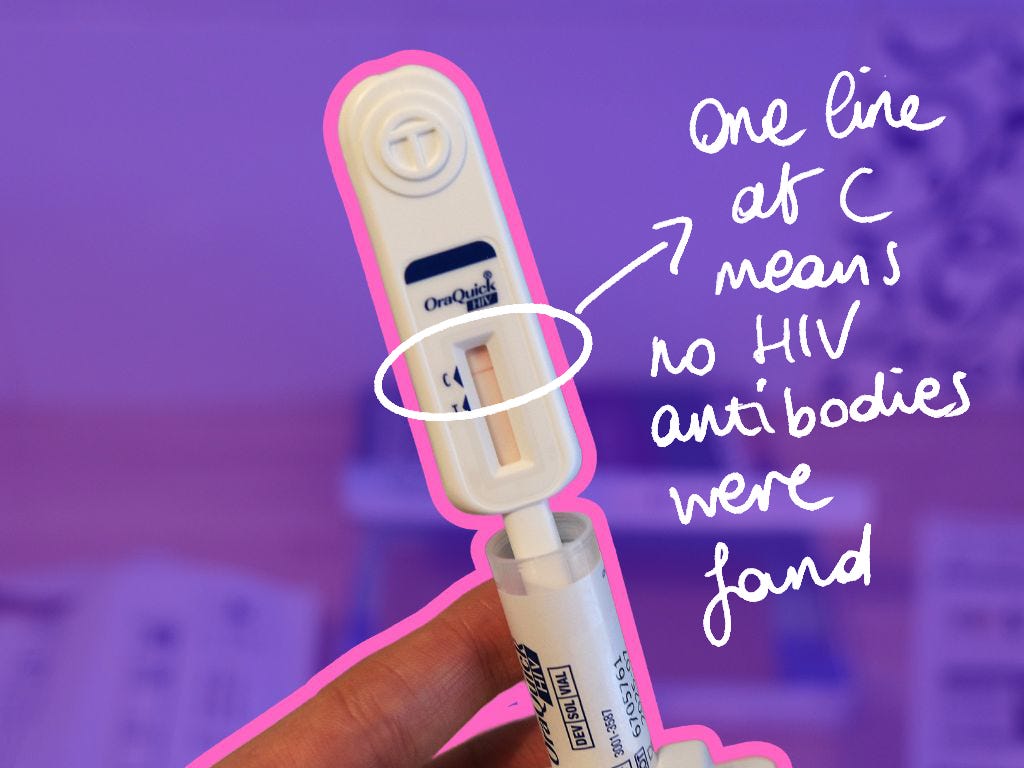Keir Starmer makes history with public HIV test
Plus, we walk you through how to take one yourself — quick, easy, and free.
This week, Sir Keir Starmer became the first sitting UK Prime Minister and serving G7 leader to take a public HIV test. Joined by singer and long-time HIV awareness advocate Beverley Knight, he took this step to mark HIV Testing Week (10-17 February) and encourage more people to get tested.

Despite major medical advancements, stigma and misinformation still deter many from taking an HIV test. Yet today, an early diagnosis ensures access to treatment that allows people to live long, healthy lives. In fact, those on effective treatment cannot pass the virus on to their partners — yet outdated perceptions continue to persist.
To address this, the UK Government is supporting a nationwide campaign offering free, quick, and accessible self-testing kits. However, awareness remains low. A YouGov poll found that more than 80% of adults in England were unaware that HIV testing could be done at home, even though 44% said they would prefer that option when informed.
The government’s goal is to end new HIV transmissions by 2030, and initiatives like HIV Testing Week are crucial in reaching the estimated 4,700 people in England who remain undiagnosed. Scotland, however, is in a stronger position — unlike other parts of the UK, where testing may require payment, Scotland offers free home HIV tests year-round. By removing financial barriers, this approach makes it even easier for people to take control of their health and know their status.
As Beverley Knight put it:
Living with HIV today is a world away from the experience that my late best friend Tyrone endured in the early 2000s. People living with HIV can now easily know their status, can access effective treatment, and live a long, healthy life. I wish this was the case for Ty.
If you’ve ever thought about getting tested but put it off, now is the perfect time to take that step. And if you've ever wondered how to take one, we've taken one for you!
Follow us as we go through the process step by step below, so you know exactly what to expect.
Help us make room for pleasure 💦
As a small charity, we rely on community support to keep our work going. Whether it’s £2 a month or a one-off donation, every contribution helps us continue to run events, fund independent reporting, and advocate for better conversations around sex, relationships, and wellbeing in Scotland.
✨ Want to support our work? Donate or become a supporter today here.
HIV testing: a step-by-step guide
Free home testing kits make it easier than ever to check your HIV status from the comfort of your own home. To show you just how simple the process is, we tried the OraQuick HIV Self-Test ourselves. Follow along as we take you through each step with real photos so you know exactly what to expect.
Step 1: ordering your free test kit
We ordered our test from test.tht.org.uk/scotland, where Scotland offers free home HIV tests year-round. The kit arrived in discreet packaging, making it completely private, and just within a few days.
Step 2: preparing for the test
Before taking the test, make sure to:
Avoid eating, drinking, or using mouthwash for at least 30 minutes.
Wash your hands and set up the kit on a clean, dry surface.
Step 3: setting up the test tube
Before taking the swab, we opened the test tube containing the liquid and placed it securely in its holder. This ensures it's ready for the sample to be inserted immediately after swabbing.
Step 4: taking the oral swab
This part was incredibly easy — no blood involved!
We removed the test stick, being careful not to touch the swab tip.
Then, we gently swabbed once across the upper gums and once across the lower gums — that’s it!
Step 5: placing the swab in the tube
After swabbing, we placed the test stick into the tube of liquid, making sure the swab was fully submerged.
Step 6: processing the test
We set a timer for 20 minutes and left it undisturbed.
Step 7: reading the results
After 20 minutes, we checked our test:
One line at "C" → Negative (no HIV antibodies detected).
Two lines at "C" and "T" → Reactive (HIV antibodies detected — this requires a confirmatory test).
No lines or only one at "T" → Invalid test (the test didn’t work properly). This can happen for different reasons. To be sure, take a new test. If you’re unsure or need guidance, don’t hesitate to reach out to a support service — they’re here to help.
What to do if your test is positive (reactive result)
1. Take a breath
A reactive result doesn’t mean you definitely have HIV. It only means HIV antibodies have been detected, so a follow-up test is needed.
2. Book a confirmatory test
Contact your GP, local sexual health clinic, or the Terrence Higgins Trust for a free, confidential blood test to confirm the result.
3. If confirmed, treatment is available.
HIV is manageable with effective treatment. People on medication can live long, healthy lives and become undetectable, meaning they can’t pass the virus on.
💬 Need support? You're not alone. Services like Terrence Higgins Trust and HIV Scotland offer free, confidential advice and support. We also recommend keeping this email so you can refer back to it when you're ready to take the test or when your kit arrives.


